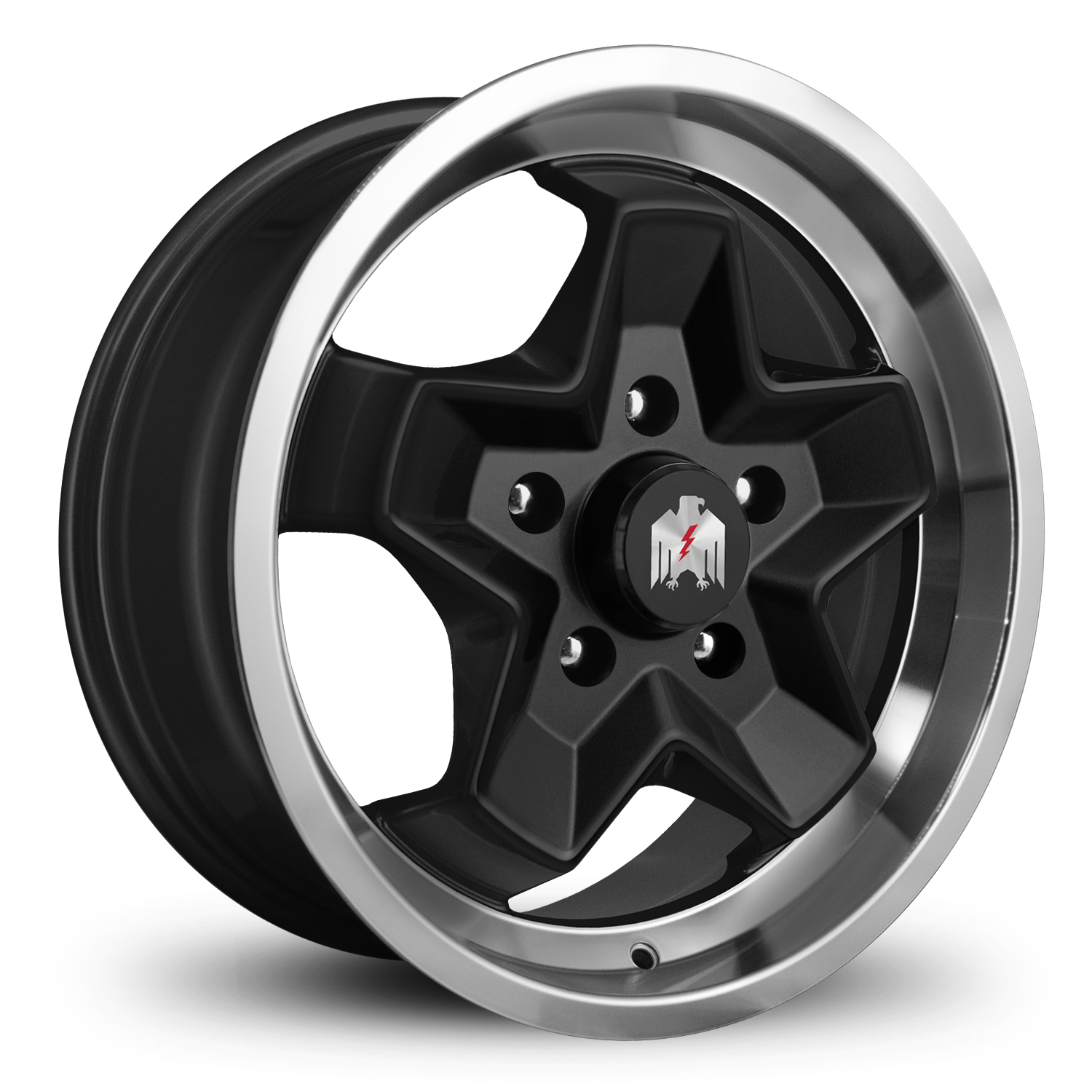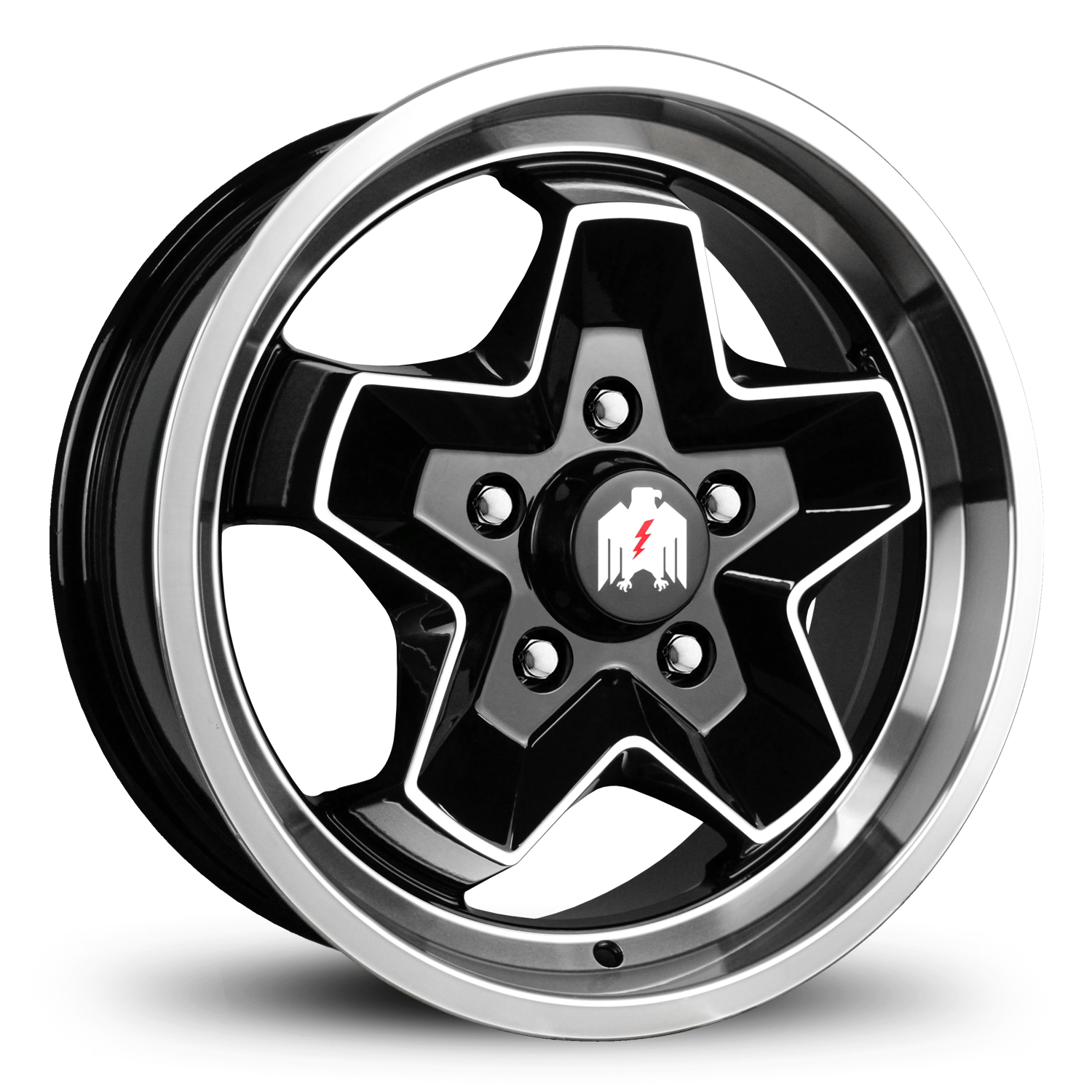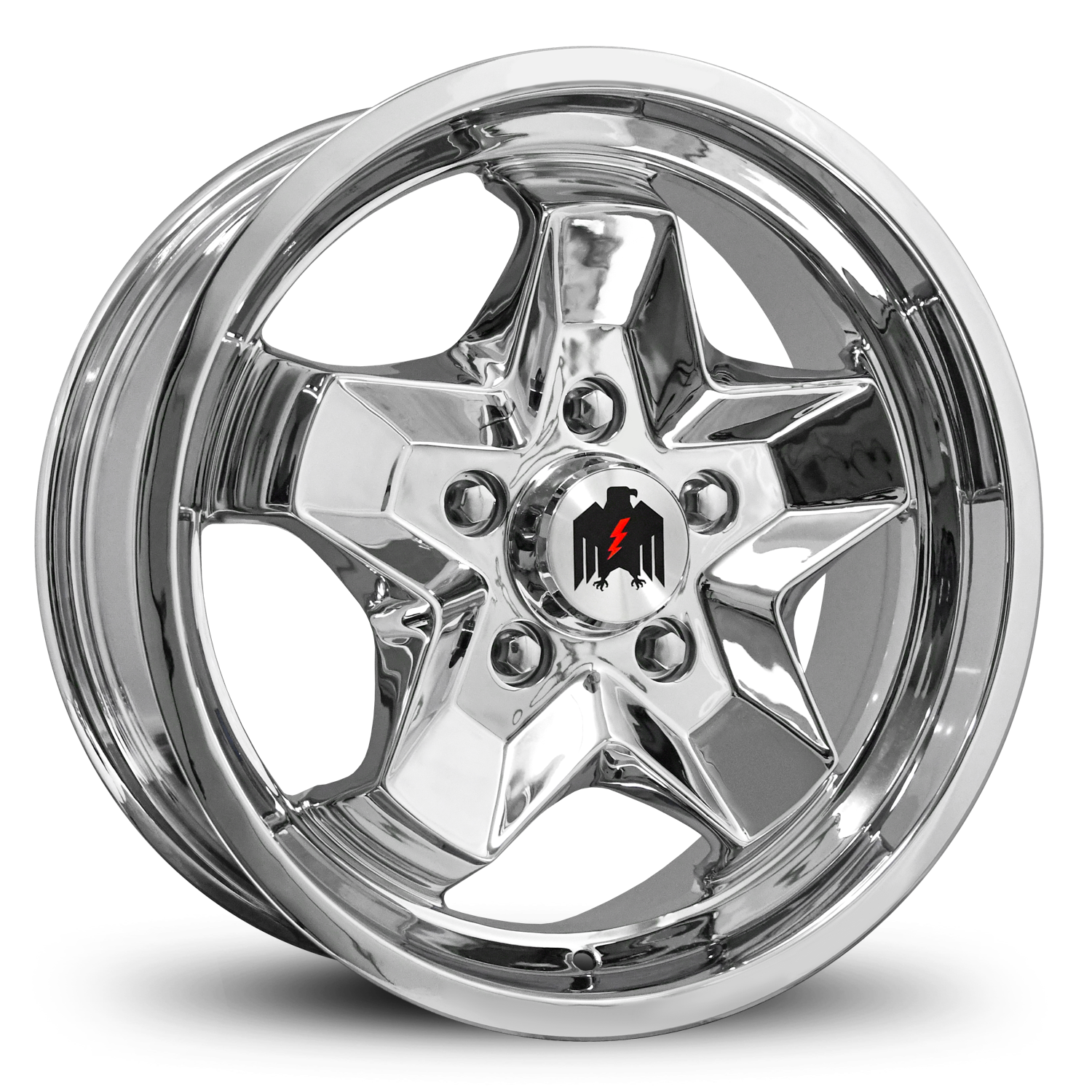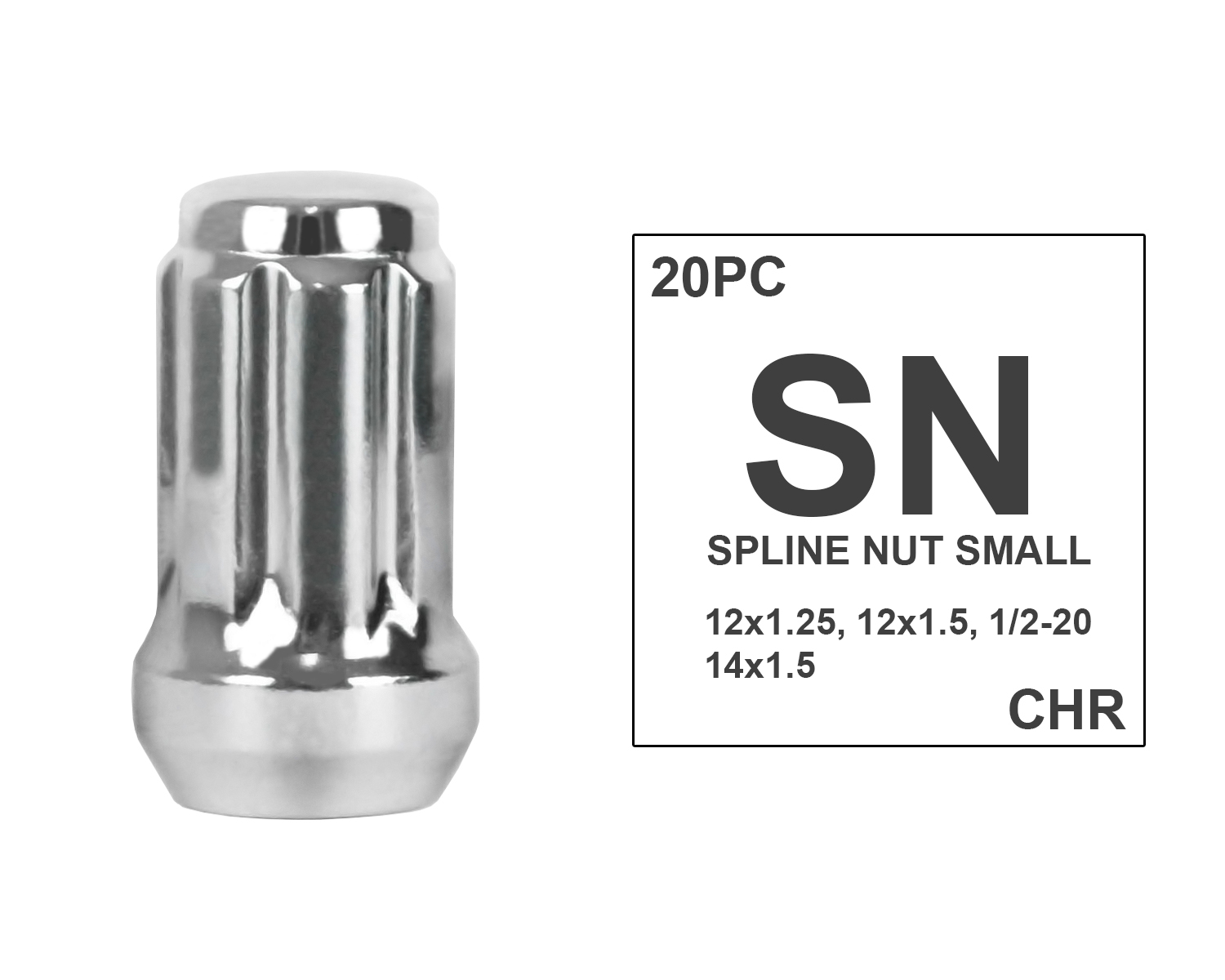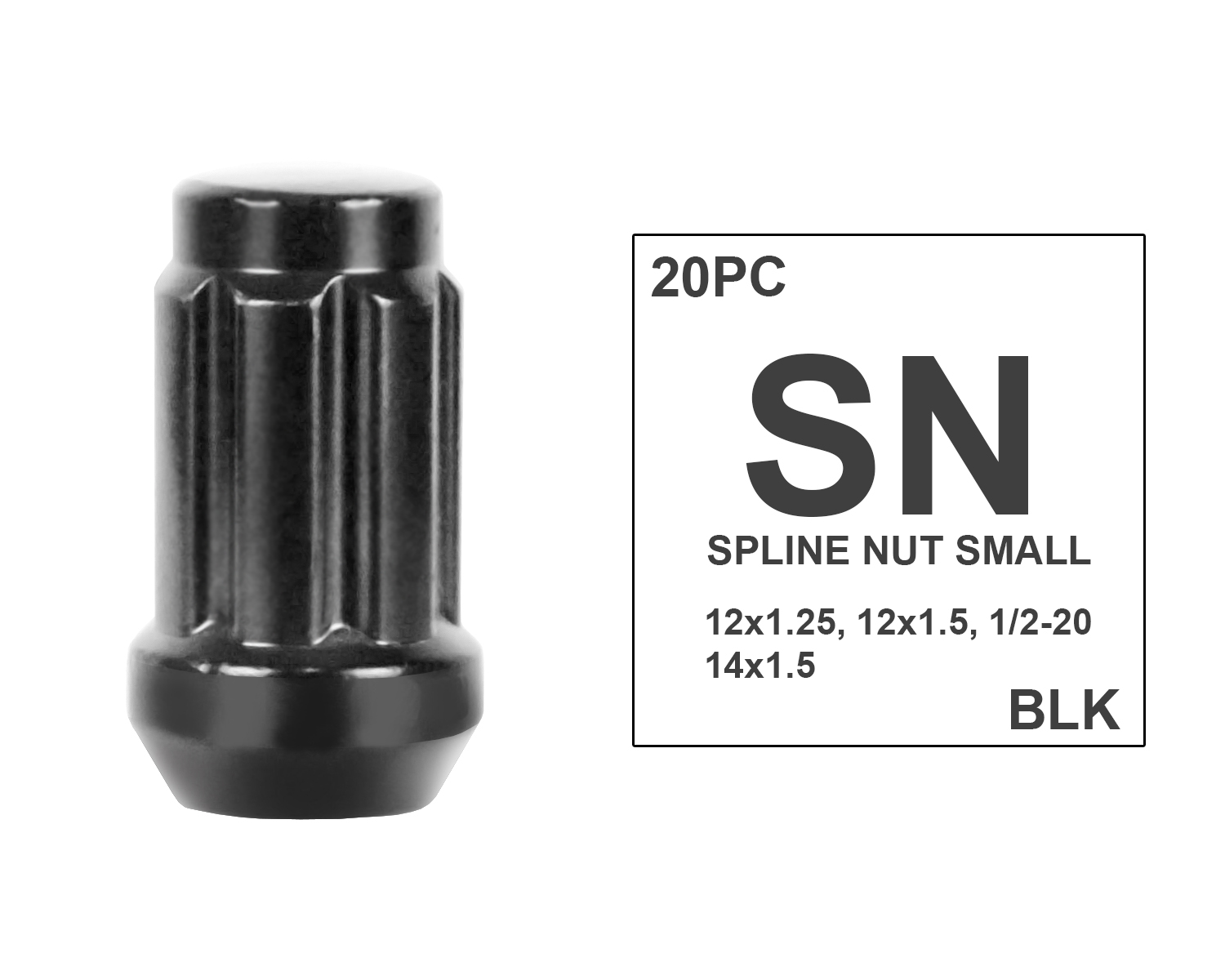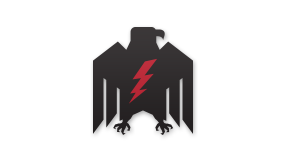
PORSCHE 944 1987-1991
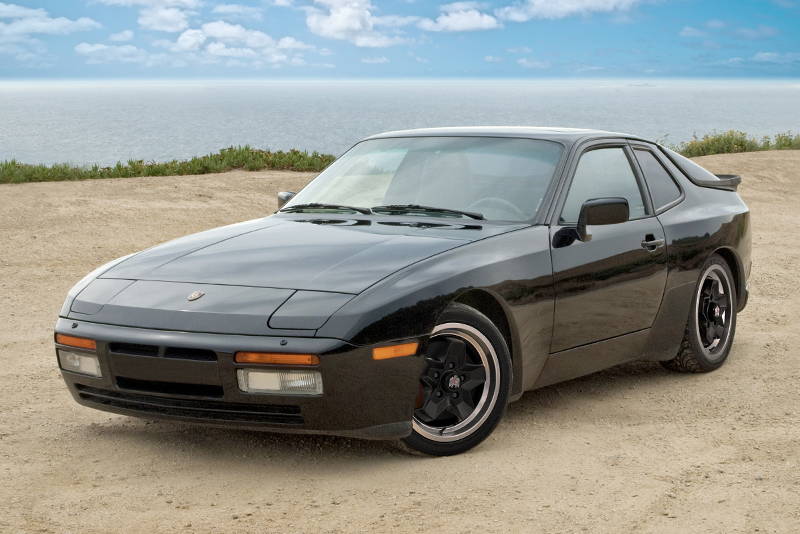
944 WHEEL & HUB SPECS
• Bolt Pattern: 5x130
• Offset Range: +40mm to +52mm
• Center Bore: 71.5mm
• Lug Type: Nut
• Lug Thread Pitch: 14mm x 1.5mm
944 TIRE SIZE OPTIONS
17 Inch Wheel
• Front Tire: 205/50-R17
• Rear Tire: 215/50-R17 ( for Staggered Fitment )
944 ( TURBO ) TIRE SIZE OPTIONS
17 Inch Wheel
• Front Tire: 225/50-R17
• Rear Tire: 245/45-R17 ( for Staggered Fitment )
LEARN MORE ABOUT THE PORSCHE 944 ( 951/952 )
The Porsche 944 is a sports car manufactured by German automobile manufacturer Porsche from 1982 to 1991. A front-engine, rear-wheel drive mid-level model based on the 924 platform, the 944 was available in coupé or cabriolet body styles, with either naturally aspirated or turbocharged engines. With over 163,000 cars produced, the 944 was the most successful sports car in Porsche's history until the introductions of the Boxster and 997 Carrera.
Porsche introduced the 944 for the 1982 model year. It was slightly faster (despite having a poorer drag coefficient),[clarification needed] was better equipped and more refined than the 924; it had better handling and stopping power, and was more comfortable to drive. The factory-claimed a 0–97 km/h (60 mph) acceleration time of less than 9 seconds (8.3 seconds according to "Porsche the Ultimate Guide" By Scott Faragher). The car had a nearly even front to rear weight distribution (50.7% front/49.3% rear) courtesy of the rear transaxle balancing out the engine in the front. North American-market cars had bigger bumpers and the front bumper had a larger rubber portion, replacing the auxiliary lights as required by the North American laws.
In mid-1985, the 944 underwent its first significant changes, these included: new dashboard and door panels, embedded radio antenna, upgraded alternator (from 90 amp to 115 amp), increased oil sump capacity, new front and rear cast alloy control arms and semi-trailing arms, larger fuel tank, optional heated and powered seats, Porsche HiFi sound system, and revisions in the mounting of the transaxle to reduce noise and vibration. The front windshield was now a flush-mounted unit. The "cookie cutter" style wheels used in the early 944s were upgraded to new "phone dial" style wheels (Fuchs wheels remained an option).
For the 1987 model year, the 944 Motronic DME was updated, and newly incorporated elements included anti-lock braking system and airbags. Because of the ABS, the wheel offset was changed to 52 mm (2.047 in) and Fuchs wheels were no longer available as an option.
1989 Porsche 944 2.7 (USA)
In early 1989 before the release of the 944S2, Porsche upgraded the 944's engine from the 2.5 L four cylinder engine to a 2.7 L engine having a bore of 104 mm (4.1 in) and stroke of 78.9 mm (3.1 in), with a rated power output of 164 PS (121 kW) (versus 160 PS (118 kW) for the 1988 2.5 L version) and a significant increase in torque. In addition to the increase in displacement, the new engine featured a siamesed-cylinder block design and a different cylinder head which incorporated larger valves.
For the 1986 model year, Porsche introduced the 944 Turbo, known internally as the 951. The Turbo had a turbocharged and intercooled version of the standard 944's engine that generated 220 PS (162 kW) (217 hp (162 kW) in the US) at 6,000 rpm. In 1987, Car and Driver tested the 944 Turbo and achieved a 0–97 km/h (0–60 mph) time of 5.9 seconds. The Turbo was the first Porsche production car utilising a ceramic port liner to retain exhaust gas temperature along with new forged pistons and was also the first vehicle to produce an identical power output with or without a catalytic converter. The Turbo also featured several other changes, such as improved aerodynamics, notably an integrated front bumper. This featured the widest turn signals (indicators) fitted to any production car, a strengthened gearbox with a different final drive ratio, standard external oil coolers for both the engine and transmission, standard 16 inch wheels (optional forged Fuchs wheels), and a slightly stiffer suspension (progressive springs) to handle the extra weight. The Turbo's front and rear brakes were borrowed from the 911, with Brembo 4-piston fixed calipers and 12-inch discs. Engine component revisions, more than thirty in all, were made to the 951 to compensate for increased internal loads and heat.
1987 Porsche 944 Turbo (US model)
Changes occurred for the 1987 model year. Interior wise, the North American variant of the 1987 944 Turbo became the first production car in the world to be equipped with driver and passenger side air bags as standard equipment. A low oil level light was added to the dash as well as a 180 mph (290 km/h) speedometer as opposed to the 170 mph (270 km/h) speedometer on the 1986 model year cars. Also included was the deletion of the transmission oil cooler, and a change in suspension control arms to reduce the car's scrub radius. The engine remained the same M44/51 inline-4 as in the 1986 model. Like the standard 944, ABS now became an available option.
In 1988, Porsche introduced the 944 Turbo S with a more powerful engine (designation number M44/52) rated at a maximum power output of 250 PS (184 kW) at 6,000 rpm and 350 N⋅m (258 lb⋅ft) of torque at 4,000 rpm (the engine in the standard 944 Turbo generated 223 PS (164 kW) and 243 lb⋅ft (329 N⋅m)). This higher output was achieved by using a larger KKK K26-8 turbocharger housing and revised engine mapping which allowed maintaining maximum boost until 5,800 rpm, compared to the standard 944 Turbo, the boost would decrease from 0.75 bar (10.9 psi) at 3,000 rpm to 0.52 bar (7.5 psi) at 5,800 rpm. In June 1988, Car and Driver tested the 944 Turbo S (with the advantage of shorter final drive gear) and achieved a 0–97 km/h (0–60 mph) acceleration time of 5.5 seconds and a quarter-mile time of 13.9 seconds at 163 km/h (101 mph). Top speed was factory rated at 261 km/h (162 mph).
The 944 Turbo S' suspension had the "M030" option consisting of Koni adjustable shocks at the front and rear, with ride height adjusting threaded collars on the front struts, progressive rate springs, larger hollow rear anti-roll/torsion bars, harder durometer suspension bushings, larger 26.8 mm (1.055 in) hollow anti-roll/torsion bars at the front, and chassis stiffening brackets in the front frame rails. The air conditioning dryer lines were routed so as to clear the front frame brace on the driver's side. The 944 Turbo S wheels, known as the Club Sport design, were 16-inch Fuchs forged and flat-dished, similar to the Design 90 wheel. Wheel widths were 7 inches (178 mm) at the front, and 9 inches (229 mm) at the rear with a 52 mm (2.047 in) offset; sizes of the Z-rated tyres were 225/50 in the front and 245/45 in the rear. The front and rear fender edges were rolled to accommodate the larger wheels. The manual transmission (case code designation: AOR) featured a higher friction clutch disc setup, an external cooler, and a limited-slip differential with a 40% lockup setting. The Turbo S' front brakes were borrowed from the 928 S4, with larger Brembo GT 4-piston fixed calipers and 12-inch discs; rear Brembo brakes remained the same as a standard Turbo. ABS also came standard.
The 944 Turbo S' interior featured power seats for both driver and passenger, where the majority of the factory-built Turbo S models sported a "Burgundy plaid" (Silver Rose edition) interior colour but other interior/exterior colours were available. A 10-speaker sound system and equalizer + amp was a common option with the Turbo S and S/SE prototypes. Only the earlier 1986, 253 PS (186 kW) prototypes featured a "special wishes custom interior" options package.
In 1989 and later production years, the 'S' designation was dropped from the 944 Turbo S, and all of the turbocharged iterations of the 944 featured the Turbo S enhancements as standard, however the "M030" suspension and the Club Sport wheels were not part of that standard. The 944 Turbo S was the fastest production four cylinder car of its time.


